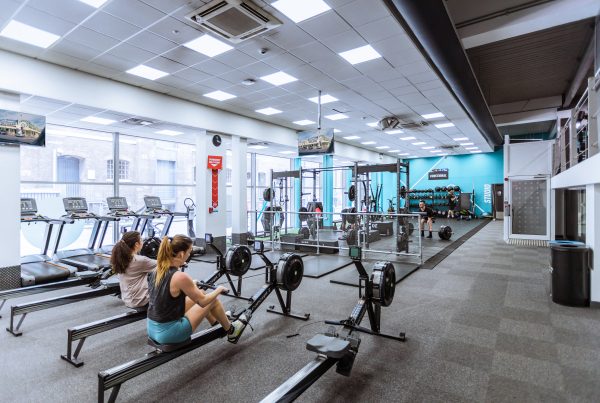By Neil Mukherjee, Fitness Coach at PT500 Oxford
How many times have you have suffered an injury whilst training at the gym?
If your answer is more than twice in 6 months with recurring or different injuries, you are most likely continuing in denial or suffering quietly. The answer to this predicament is STOP. Make a note of your injury and the date it first started as well as the likely cause of the injury; ie a slip or excessive knee pressure etc.
Your priority at this point will be to consult your fitness coach and to review your exercises, as well as taking on board correct training demonstrations from your coach and any corrective training indicated to you, whilst your coach observes your training. Return back to your training once you have fully recovered and have been cleared by your GP to restart physical activity.
How best do you prevent injuries?
Injuries acquired in circuit training:
As a Level 3 fitness coach who has trained in both functional resistance training as well as in circuit training, I have noticed that the main ways to avoid injuries is by having a holistic approach towards fitness training.
This holistic approach includes working towards building your core strength and stability, starting from correct posture, technique and body form and most importantly by training within your current capabilities.
Some typical body weight exercises that may bring injuries if not learnt well during circuit training include the squat and the lunge, which can result in hip, knee or ankle injuries.
An example on how to correct these exercises is noted below:
Both these exercises require a steady lowering of the body with controlled hip and knees flexing as you bring your body down as far as it can go without feeling any strain. Look towards gaining feet, knees and hip alignment, keeping both feet in line with each other.
So, what about strength training?
The main causes of injury in strength training includes training with weights beyond your body’s present abilities
How about cardio training injuries?
Difficulties could arise when you are training beyond your current aerobic training zones, which are based on the calculated and recommended percentage range of your Maximum Heart Rate (MHR). Another likely cause is incorrect foot placement and/or body balance and posture.
Recommendations:
Learn to increase your intensity as your body adapts to the demands placed on it.
Be consistent with your reps, sets and rest time in between sets.
Have a holistic approach towards your training, aim to include core training for core stability and firmness. Once your core strength increases and you have built stronger leg muscles only then will you be ideally ready to progress towards heavier upper body weight training.
Remember: Form, technique, posture and capable range of movement allows for better consistency, balance, mobility. Above all learning from these guidelines helps towards reducing injuries whilst training. Good luck and stay connected.

More People More Active More Often




